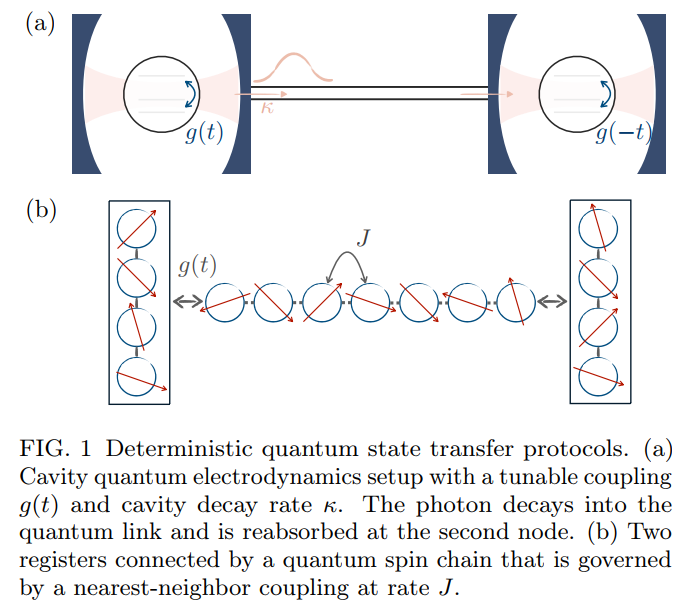Distributed Quantum Information Processing: A Review of Recent Progress
2025-10-23 16:13
693 浏览Distributed quantum information processing seeks to overcome the scalability limitations of
monolithic quantum devices by interconnecting multiple quantum processing nodes via
classical and quantum communication. This approach extends the capabilities of individual
devices, enabling access to larger problem instances and novel algorithmic techniques.
Beyond increasing qubit counts, it also enables qualitatively new capabilities, such as joint
measurements on multiple copies of high-dimensional quantum states. The distinction
between single-copy and multi-copy access reveals important differences in task complexity
and helps identify which computational problems stand to benefit from distributed quantum
resources. At the same time, it highlights trade-offs between classical and quantum
communication models and the practical challenges involved in realizing them experimentally.
In this review, we contextualize recent developments by surveying the theoretical foundations
of distributed quantum protocols and examining the experimental platforms and algorithmic
applications that realize them in practice
Link to the article is here.

